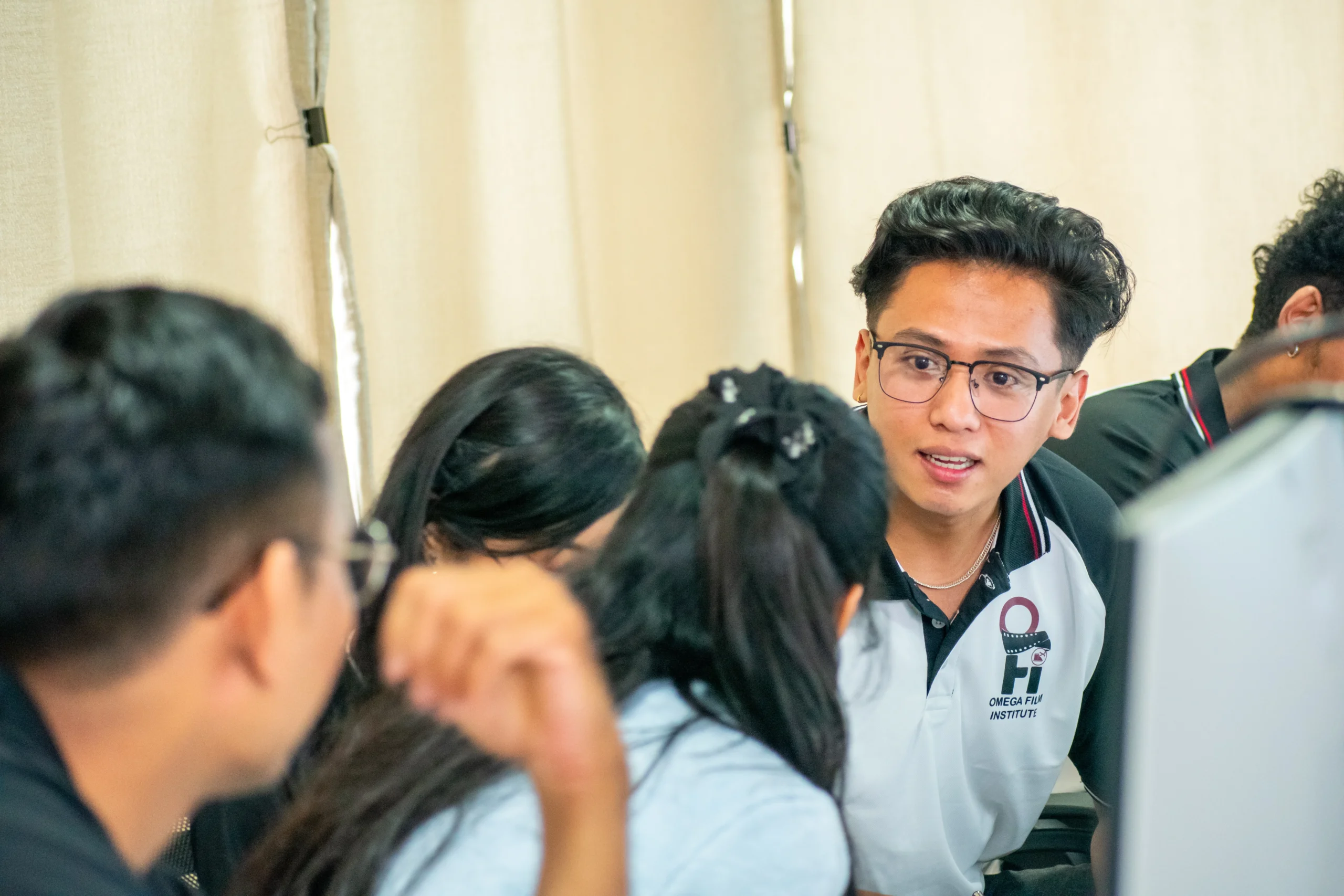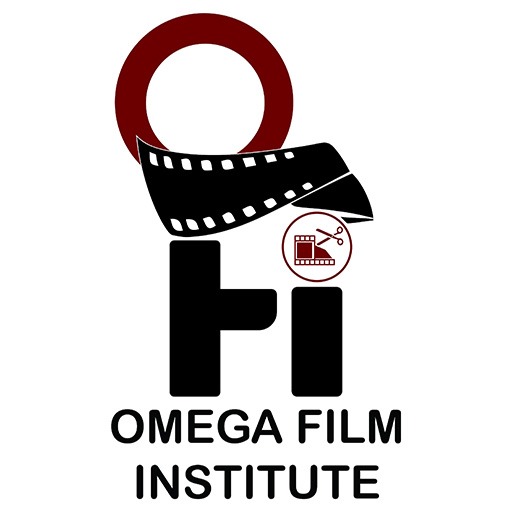DaVinci Resolve Beginner’s Timeline: A 4-Week Learning Plan for Busy Students in Nepal at Omega Film Institute

DaVinci Resolve is one of the most powerful and versatile video editing tools available today — combining editing, color grading, motion graphics, and sound design all in one software. For many aspiring editors in Nepal, however, learning DaVinci Resolve can seem overwhelming, especially when balancing school, college, or part-time jobs. That’s why at Omega Film Institute, Nepal’s best video editing school offering a professional DaVinci Resolve course in Nepal, we’ve designed an 8-week learning plan tailored specifically for busy students who want to master the fundamentals of DaVinci Resolve efficiently.
This step-by-step learning roadmap breaks down your journey week by week so you can start editing confidently without feeling overloaded.
Why Learn DaVinci Resolve in Nepal?
DaVinci Resolve is quickly becoming the preferred software among Nepali editors, replacing Adobe Premiere Pro in many professional workflows. Here’s why:
- It’s Free and Professional-Grade – The free version offers advanced tools used by Hollywood studios.
- All-in-One Solution – You can edit, color grade, add effects, and master audio in one platform.
- Industry Demand – Many studios in Kathmandu and Pokhara now expect editors to know Resolve.
- Cross-Platform – Works on Windows, Mac, and Linux.
- Perfect for Nepali Filmmakers and YouTubers – Handles 4K and color grading beautifully even on mid-range systems.
Week 1: Getting Started with the Basics
Goal: Understand the Interface and Basic Editing
- Install DaVinci Resolve (latest version from Blackmagic Design’s official website).
- Explore the workspace layout — Media, Cut, Edit, Fusion, Color, Fairlight, and Deliver pages.
- Learn the Project Setup – Create a new project and set resolution (1080p or 4K) and frame rate (24 or 30fps).
- Import and organize media in the Media Pool.
- Start with basic editing in the “Cut” or “Edit” page:
- Cut, trim, and move clips.
- Add simple transitions.
- Sync audio with video.
- Practice keyboard shortcuts to save time (e.g., B for Blade, A for Select, Ctrl+Z for Undo).
Assignment: Edit a short 1-minute vlog or event montage using only cuts and transitions.
Week 2: Enhancing with Audio and Titles
Goal: Add professional sound design and text elements
- Learn basic audio editing in the Fairlight Page:
- Adjust volume and pan.
- Remove background noise.
- Add background music and voiceovers.
- Add titles and text animations using the Effects Library.
- Explore simple lower-thirds for names and captions.
- Sync your visuals with beats for rhythm and storytelling.
Assignment: Create a 60-second video with background music, titles, and clean sound.
Week 3: Mastering Color Correction and Grading
Goal: Learn the art of cinematic color correction
- Switch to the Color Page and understand nodes (primary correction and secondary color tools).
- Learn color balance – adjusting contrast, exposure, and saturation.
- Practice skin tone correction using the color wheels.
- Apply LUTs (Look-Up Tables) to achieve cinematic looks.
- Use qualifiers to isolate and enhance specific areas (like skies or faces).
Pro Tip: Keep your grading natural — wedding and YouTube clients in Nepal prefer bright, warm tones over heavy filters.
Assignment: Color grade your previous week’s project to give it a cinematic look.
Week 4: Final Touches, Effects, and Export
Goal: Complete a professional short video project
- Add motion graphics in the Fusion Page – simple text reveals, fades, or logo animations.
- Polish your video with subtle effects — lens flares, glow, or light leaks.
- Check for consistency in brightness and audio levels across clips.
- Export your final video using the Deliver Page:
- Format: MP4 (H.264)
- Resolution: 1920×1080 (Full HD)
- Bitrate: 10–16 Mbps for YouTube or client delivery.
Assignment: Create a 2-minute highlight reel (e.g., wedding, vlog, or short film scene) using all techniques learned.
Additional Learning Tips for Busy Students
- Practice Daily (Even 30 Minutes) – Consistency is key.
- Use Free Footage – Download stock videos to practice transitions and color grading.
- Join a Creative Community – Collaborate with classmates and share feedback.
- Focus on Quality, Not Quantity – One polished project is worth more than ten unfinished ones.
- Watch Tutorials – Use YouTube to expand your knowledge outside class hours.
Why Learn DaVinci Resolve at Omega Film Institute
At Omega Film Institute, we’ve built a curriculum tailored for Nepali students who want practical, hands-on learning that fits their schedule. In our DaVinci Resolve course, you’ll:
- Learn from professional editors who work on real projects in Nepal.
- Get guided assignments and feedback for every learning milestone.
- Master both free and paid versions of DaVinci Resolve.
- Build a portfolio ready for job or freelance opportunities.
Our 8-week structured approach ensures you’re not just learning software but building real editing skills — from rough cuts to final color-graded exports.
Conclusion
Learning DaVinci Resolve doesn’t have to be overwhelming. With a structured plan, consistency, and the right guidance, even busy students can become confident editors in just a few weeks. Whether you’re studying part-time or pursuing editing as a career in Nepal, this 8-week roadmap will set you on the right track.
Join Omega Film Institute today to master DaVinci Resolve — and start creating professional-grade videos that stand out in Nepal’s fast-growing creative industry.
Your journey to becoming a DaVinci Resolve expert starts now.
